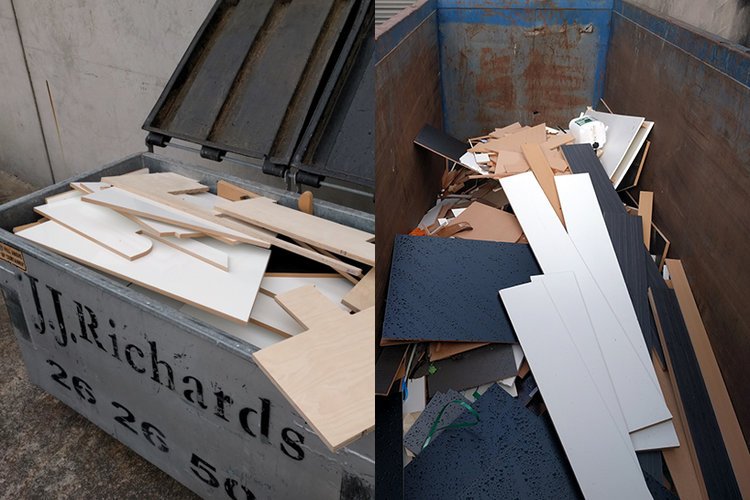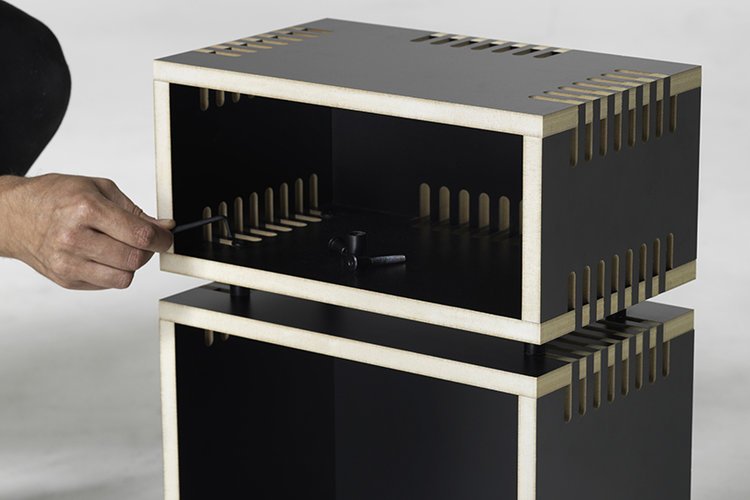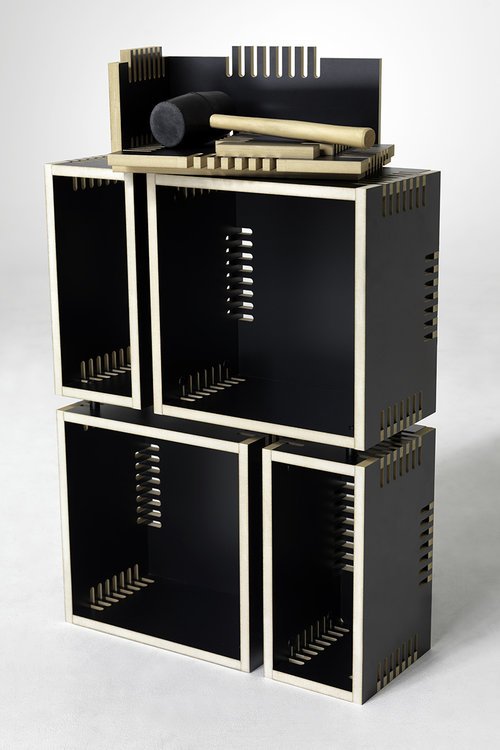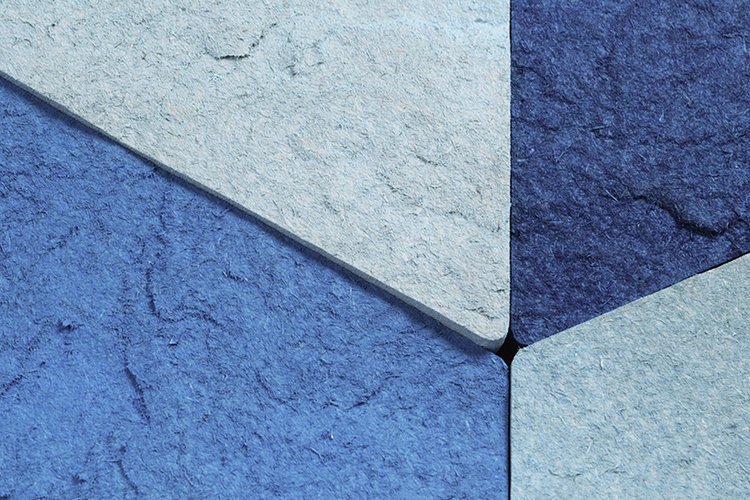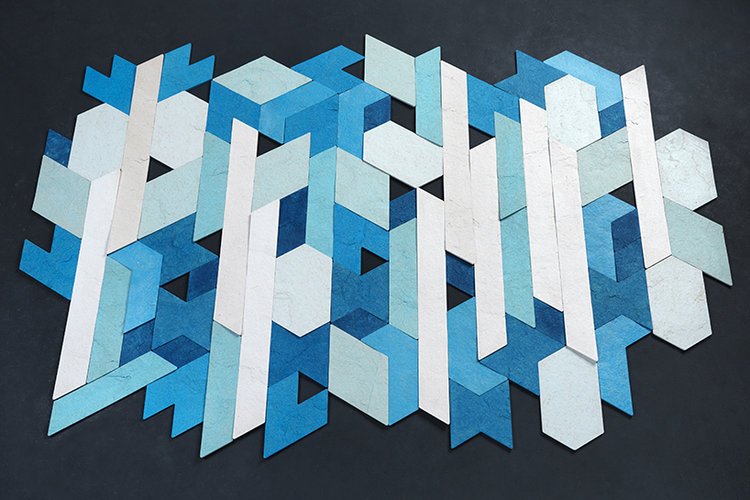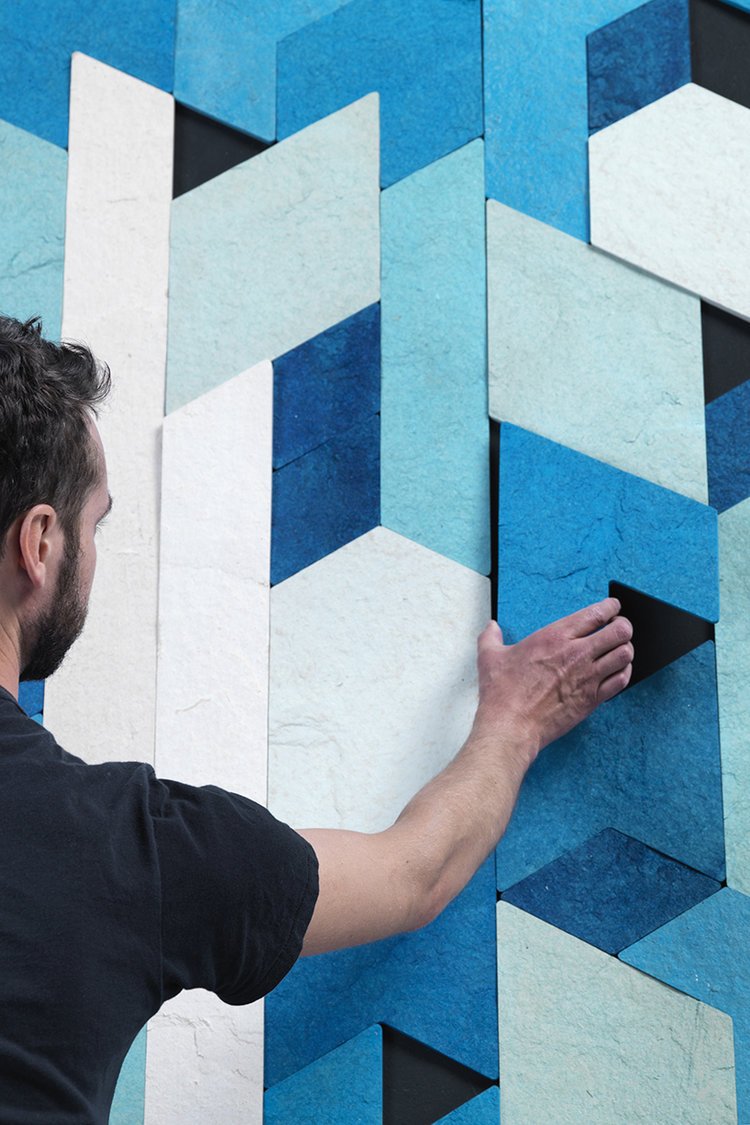Beauty from waste
Turning MDF offcuts into two sleek, viable products took designer Clark Bardsley and architect Andrew Mitchener nine months as part of the ‘Resource Rise Again’ project.
Driven by Rekindle and funded by Creative New Zealand, the project kicked off by inviting designers and architects from across the country to submit their proposals — only five of which were selected for funding.
“The challenge was to create character and value in waste material that would normally represent a cost to the manufacturer. Our aim was to take waste and transform it into something beautiful,” explained Clark.
“We focused on applying the lightest touch possible to achieve the greatest transformation. The end products also had to require minimum finishing, so that they could be produced in volumes that were commercially viable.”
Commercial waste is a lower-profile issue than household waste, but it presents a far larger problem in New Zealand — and one that is largely unchecked by Government. Rekindle’s mission is to fully use waste by diverting ‘reusables’ out of the waste stream.
The material that Clark and Andrew chose to work with was the less-than-glamorous MDF, making the project an even bigger challenge. Cutshop® worked with Clark and Andrew, supplying material, time and manufacturing expertise.
“Cutshop® had a high enough volume of work throughput to make it worthwhile. And, even though their software already nests templates on MDF sheets very efficiently for cutting, there was still 10% to 20% waste material, mostly on the last sheet.”
Cutshop® shared data which helped to pinpoint the areas of a standard MDF sheet that most commonly end up in landfill. The team was then able to work with the shapes and dimensions suggested by the designers to make maximum use of the whole sheet.
“We played with shapes and worked out the minimum sizes we could use,” continued Clark. “Cutshop® helped us to eliminate our bad ideas quickly so we could focus on the things that actually worked. Throughout the product development process, Cutshop® gave us feedback from a manufacturer’s viewpoint. This gave us valuable insight into the capabilities of their machinery.”
One of the resulting products, Herring, perfectly illustrates this process. The family of easily-assembled furniture is based on a construction of interlocking ‘fingers’ that replaces glue and fixings. The size and spacing of the ‘fingers’ is based on the 3/8” (9.52mm) cutting tool, standard on all CNC machines.
“It was really important to produce an end-product that could make a proper dent on the volume of commercial waste being produced. It had to be viable and marketable — something that could turn off-cuts into a source of revenue,” said Clark.
The second product, Isocle, is a decorative, acoustic wall tile system for office environments that demonstrates ‘that design thinking and craftsmanship can transform the perception and value of a material’: words borrowed from the catalogue of the Objectspace gallery in Ponsonby, Auckland, where both products are currently being exhibited.
After nine months of design, experimentation, prototypes and product development, Herring and Isocles went on to be placed as finalists in the sustainability category of the Best Awards, run by the New Zealand Design Institute.
“We wanted to create something that was greater than the sum of its parts,” said Clark. “At the end of the project, we didn’t just have two new sustainable products, we had a repeatable process that can be used to intercept waste before it happens.”
The Resource Rise Again Exhibition is open to the public from 3rd March-29 April, 2018 in the Objectspace Gallery, Rose Road, Ponsonby, Auckland.

